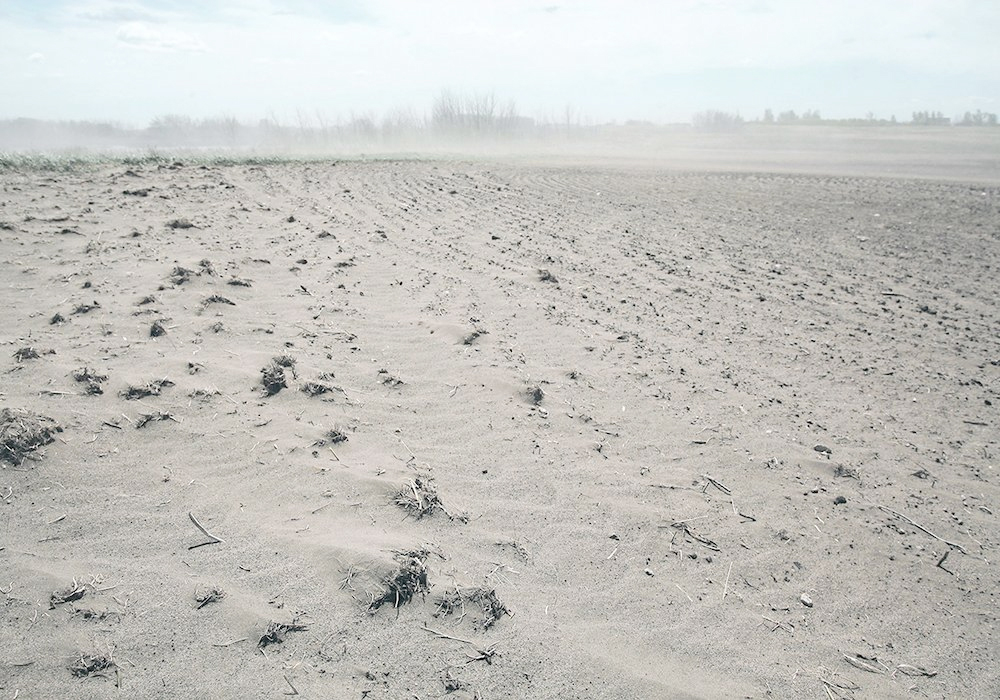Reuters — There is a more than 95 percent chance that the El Nino weather pattern will continue through the Northern Hemisphere winter from January to March, a United States government forecaster said Sept. 14.
“In August, sea surface temperatures were above average across the equatorial Pacific ocean, with strengthening in the central and east-central Pacific,” the Climate Prediction Center said.
El Nino is a warming of ocean surface temperatures in the eastern and central Pacific, and can provoke extreme weather phenomena from wildfires to tropical cyclones and prolonged droughts.
Read Also

Frost-free season lengthens this year
Saskatoon, Edmonton, and Dauphin saw their frost-free season range from 131 to 135 days, which is about 15 to 20 days longer than average.
The naturally occurring phenomenon is already spurring calamities across the globe, with the stakes seen higher for emerging markets more exposed to swings in food and energy prices.
“As El Nino strengthens to strong status, there is a good likelihood it will have an impact on the upcoming growing season for the Southern Hemisphere crop production areas,” said Chris Hyde, a meteorologist at space-tech company Maxar.
“This includes crops in South Africa, Southeast Asia, Australia and Brazil where the weather is typically drier and warmer than normal.”
On Sept. 12, Australia’s weather bureau said that El Nino indicators had strengthened and the weather event would likely develop between September and November, bringing hotter and drier conditions to Australia.
“Despite nearly the same ensemble mean amplitude as last month, the shorter forecast horizon means that the odds of at least a strong El Nino have increased to 71 percent,” CPC said.
The World Meteorological Organization in July warned that temperatures are expected to soar further across large parts of the world after El Nino emerged in the tropical Pacific for the first time in seven years.
El Nino also threatened global rice supplies, amid a ban on shipments of a crucial variety of the staple from top exporter India, as well as other commodities such as coffee, palm oil, sugar, wheat and chocolate from southeast Asia, Australia and Africa.

















